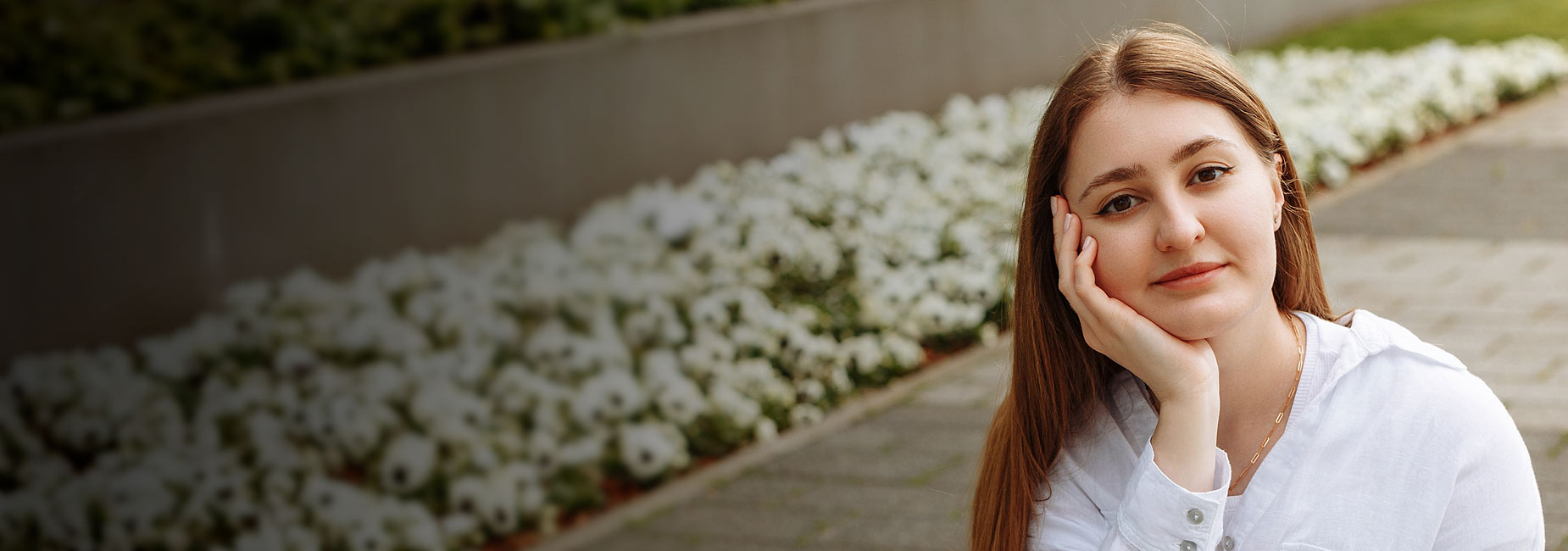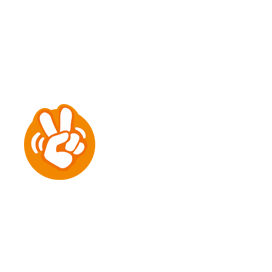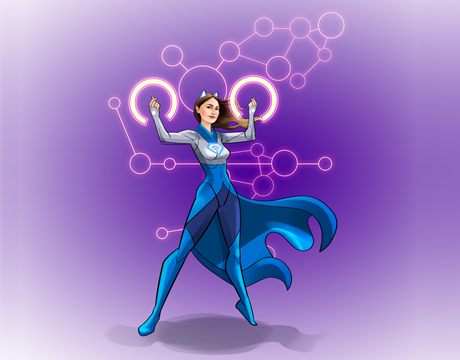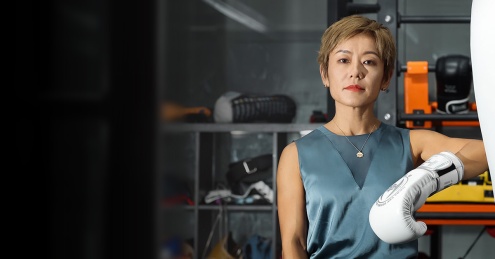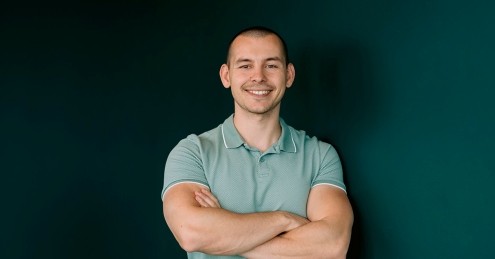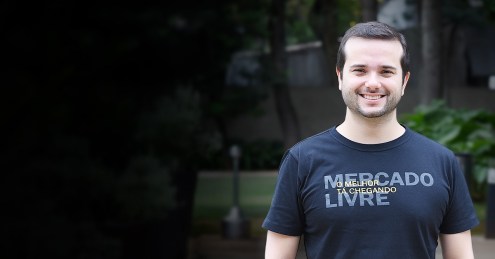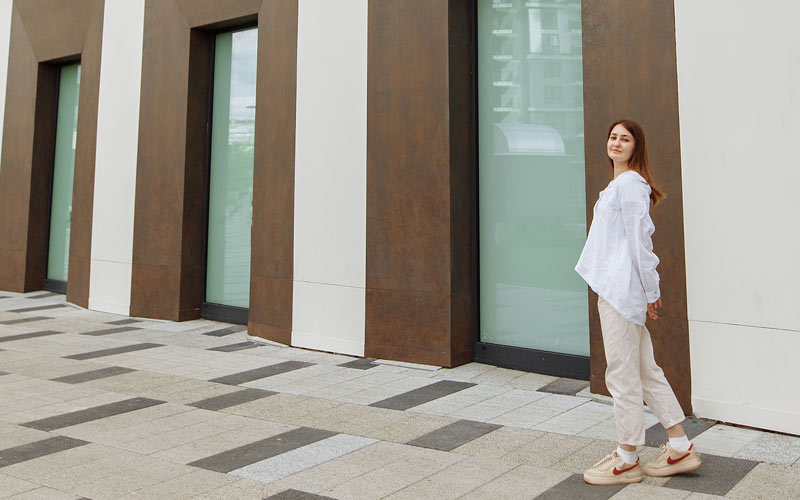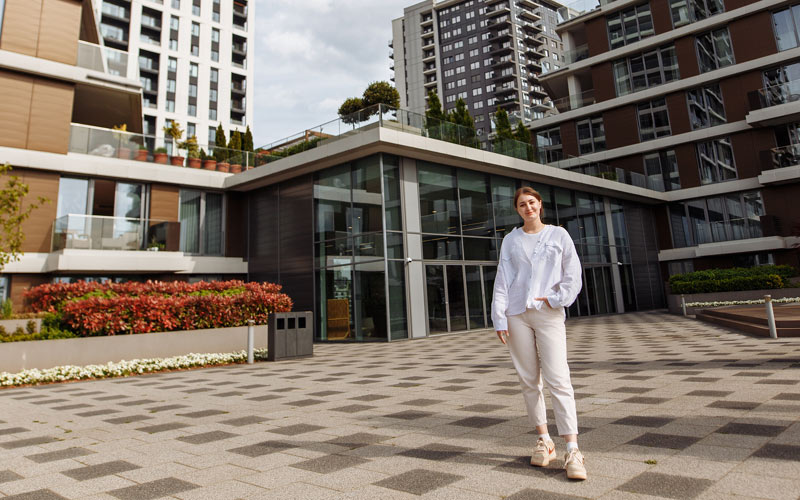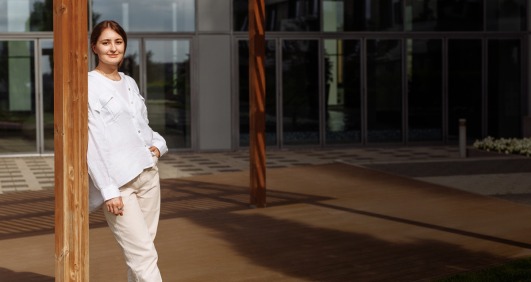Q&A with Natalia
Natalia Simdianova is an ad monetization expert with a wealth of experience in managing ad traffic, ad creation, and reporting. With her experience as a Lead Ad Monetization Manager and Ad Monetization Manager, she is now the Head of Ad Monetization at ZiMAD. Natalia works closely with various teams to create custom advertising solutions and communicates effortlessly with account managers and creative agencies.
Read Natalia's latest article: "3 Ways to Level Up as an Ad Monetization Manager"
How would you describe working at ZiMAD?
I would say that working at ZiMAD is about friendship, gaming dev, and hard work. I’ve been working at ZiMAD for seven years now. We face many unfamiliar situations every day, and we must put in much effort to make great games that succeed. But I’ve also made many friends by going through difficult situations together.
Can you give a brief overview of what you do in your day-to-day at ZiMAD?
Recently, ZiMAD relocated its new offices to Serbia in 2022, and we’ve had to adjust as a team to a new environment. I mention this because my daily routine has greatly changed, but we’ve also become more collaborative. Communication is an important part of what I do. My day involves routine tasks such as reviewing ad monetization reports and walking through changes with various teams. I connect with development, design, product, and analytics teams to decide on the next steps, and I review QBRs (quarterly business reviews) with customers to ensure we are on the same page.
Among your responsibilities at ZiMAD, which one(or ones) excite(s) you most?
I'm really excited about the business development part of my job. I attend a lot of conferences, for example. We attended GDC in San Francisco and MAU in Las Vegas. Networking is an essential part of the job, and we learn by connecting with colleagues all over the globe. I enjoy it because connecting with people motivates and inspires me to work differently. It’s also like a small holiday—a way to change your routine.
Mobile marketing is all about staying on the cutting edge. What are the three biggest ad monetization trends that excite you most?
The first, I would say, is AI. It’s no secret that everyone is talking about artificial intelligence tools right now. It's unclear to me how much interest is motivated by novelty and how much is real and sustainable. At ZiMAD, we’re looking at it seriously and weighing the pros and cons in how we approach it. For example, we have been testing AI tools like ChatGPT—I’m not sure if we use it daily or for everything, but it’s a good opportunity to get acquainted.
Another important trend in the industry is data privacy. There are more and more data privacy laws—GDPR in Europe, CCPA in California just to name a few. This has had an enormous impact on how the mobile ad industry works. We’re cognizant that we have to stay compliant, and we work on ensuring that the third-party solutions we use take compliance seriously.
The other trend I’ve seen is a growing number of mergers and acquisitions. We have an M&A department now for our business. In the last two years, we've been responding to many mergers—for example, ironSource and Unity or AppLovin’s acquisition of MoPub. Mergers impact the monetization side of the business a lot. You have to change how you work with both partners. You will need to incorporate existing agreements and adapt your process—all of this takes time to figure out.
What about trends in gaming? Are there any developments that you’re excited to follow?
We have a lot of puzzle games, so we follow new developments in that genre. Some of our flagship puzzle games have been around for a while, and we’ve released a new one with a twist. It has a different core—a puzzle with some decoration/customization gameplay.
You can decorate different rooms and create new puzzles. Like everyone else, we watch our competitors and see whether there are trends we should pay attention to. We also try to use “magic” words in our portfolio—magic pixel, art magic, cross-stitch magic, etc.
How would you describe ZiMAD’s core monetization strategy?
We don’t have a strict appraisal system, but we assess based on what the analytics team provides. Typically, we check how metrics—ARPDAU for example—are doing, and we ask our partners what they’re noticing. But it varies from game to game.
When it's a soft launch in an early stage, we check metrics frequently for both user and revenue growth. Based on what we’re seeing, we start to build our strategy. We assess whether we need to focus on gaining new users or integrating other partners and seeing how it will affect performance. Of course, we also consider what to do to prepare for holidays and events—New Year’s, Easter, etc. They may require an updated approach.
Can you describe your monetization testing strategy? What are you looking for?
When we test, we’re trying to balance which meditation partners we need to feed more—we always have several. Some meditation partners offer more advantages than others. We test, and we consider that with user UX/UI. We also think about what they each support—for example, if one partner offers a rewarded video format and another does not, it matters.
We’re also open to beta tests—whether it’s in-app bidding or other programs. We work with mediation platforms to enable bidding partners to check out how it works. Our partners know that if they have new programs they would like to test out, we are the first partners who are ready to give it a go.
Can you discuss your team/process/operations setup for ad monetization? What makes it successful?
We work closely across different teams, including development, QA, product, game designer, and analytics. I think everyone needs to be involved. We launch A/B tests every one to two weeks to check ARPDAU and other metrics. We also proactively share performance results with our partners to help decide whether or not to promote the tests, and we hold QBRs to help us to predict campaign spending, budget, and forecasts. It depends on budget changes, but regular reviews can provide useful long-term insights.
ARPDAU is an important metric. Are there other metrics you’re monitoring?
We are always looking at various metrics—the number of impressions, and whether eCPM is increasing or decreasing. We’re looking for a balance between eCPM and impressions and revenue metrics. If we see results, we promote the tests and speak to partners. Sometimes we give it a few weeks because it takes a while to understand the algorithms.
Things like CTR and clicks are also important for everyone, and every monetization manager tries to control them. Some partners take CTR seriously—Facebook, for example. We notice different CTRs for different regions—users click on different things or unexpected parts of the ad. You have to try to integrate your learnings and customize them to your monetization strategy for the country in question.
How do you balance a positive user experience with the monetization experience in your app(s)?
That’s one of the most important parts of our work. We take user complaints seriously regarding our ads and creatives. Users sometimes find ads intrusive or have problems with certain formats, and we work with our partners to handle it if it’s legitimate. We also control sensitive categories. Alcohol, drugs, etc., are 18-plus by default.
Once we begin working with partners, we ask them to share mockups and discuss all the integration opportunities with our game designer and product team. We decline over 90% of these mockups and correct the other 10%. We control for anything that can negatively impact user experience.
Let’s talk about ad formats. Are there ad formats or ad placement practices that have worked well for ZiMAD?
We try to test different kinds of ad placements, but from what I see, traditional ad placements such as rewarded videos, interstitial ads, and static ads work the best. However, around two years ago, we noticed that native banner ads work very well for many mobile games. We are trying to cooperate with all partners who support this ad type, and it’s becoming a larger part of our share of the wallet.
Imagine that you’re just starting your career in mobile. What advice would you give yourself?
Don’t be afraid to ask for help and keep your mind open. We tend to want to be perfectionists, but it’s more important to make mistakes and learn. There’s a German expression, “Übung macht den Meister,” or “practice makes the master”—and that applies here. Every day, we face unfamiliar situations, and that’s okay to ask for advice from other professionals from all branches of the game dev industry. This is how you get better at a job. Try to learn something new daily since gaming is a varied industry.
What are your top three go-to resources for keeping up with the mobile advertising industry?
First, I pay attention to online channels—webinars, articles, and blog posts. I keep a running list of industry resources, but I also pay attention to news that impacts the industry. Second, I attend global conferences—GDC and MAU are good examples. It’s an opportunity to network and have discussions with new people. And finally, my most important resource is just speaking with people face-to-face—partners, colleagues, whomever. Communication is an essential part of my job, and I learn from preparing media and discussing performance with others.
